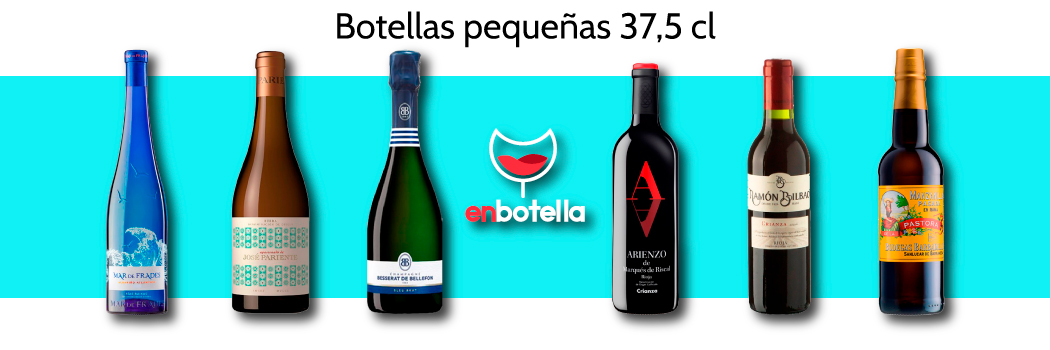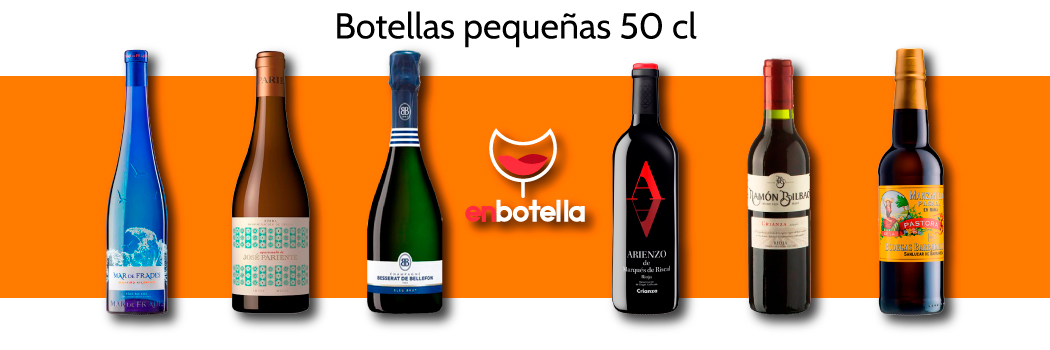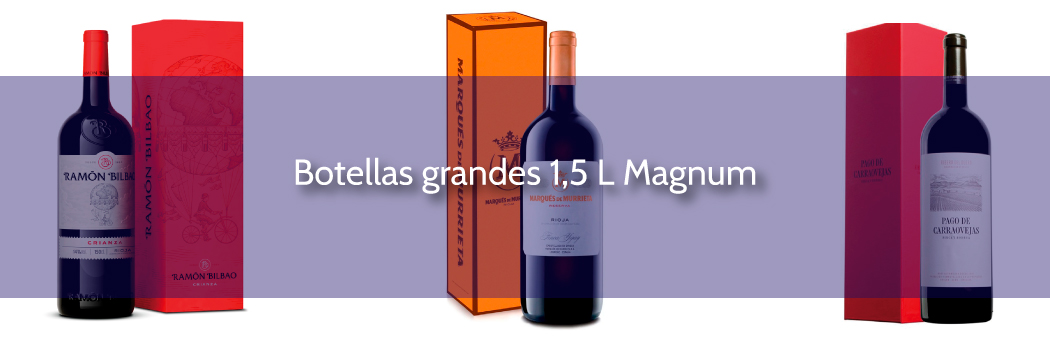The 3 Keys to Parenting on Leas
Wines aged on lees are becoming more popular every day and we can find them almost everywhere, but... What is aging on lees? How is it done? What are the advantages of aging a wine on lees?
Let's look at it together with 3 fundamental points.
What is ageing on lees?
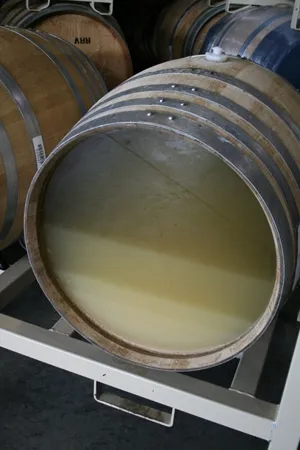
Let's start at the beginning, lees are the solid matter (formed by dead yeasts and other substances) that is deposited at the bottom of the tanks or barrels after fermentation.
Over the last few years, these wines have become fashionable, as this method gives the wines a greater complexity at a moderate price.
The method - how is it done?
This type of ageing shares several characteristics of the Champenoise method, developed by the Benedictine monk Dom Perignon and with which Champagne and Cava are currently made.
After bottling, the wine undergoes a second fermentation in the same bottle, and the lees (leftovers) accumulate in the neck of the bottle.
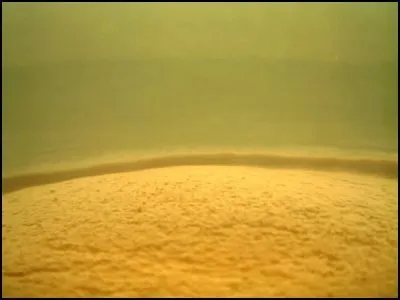
This type of ageing can occur in red wines as well as in white wines, the latter being the most frequent.
Advantages of ageing on lees
- It helps that there are no lees in the bottles
- It gives wines redness and adds complexity
- Preserves the aromas
- The lees act as a natural protector of the wine, reducing the amount of sulphites
EXTRA! Wines aged on the lees
From DrinkLovers we would like to offer you some of the most popular wines aged on lees, so that you can taste them yourself and leave a rating of what you think of them.
Have you tried any wine with this type of ageing, did you like it?
Leave a comment and tell us about it?

